Vietnamese cuisine reaches out and shines on the world tourism map
According to the report The Future of Food 2026 by Marriott International - one of the world's largest hotel groups - Asia is rising to become the world's new culinary center. In this vibrant picture, Vietnam stands out with its own identity.
Besides names like Indonesia, Philippines or China, Vietnamese cuisine is highly appreciated internationally for its richness, richness and strong ability to spread.
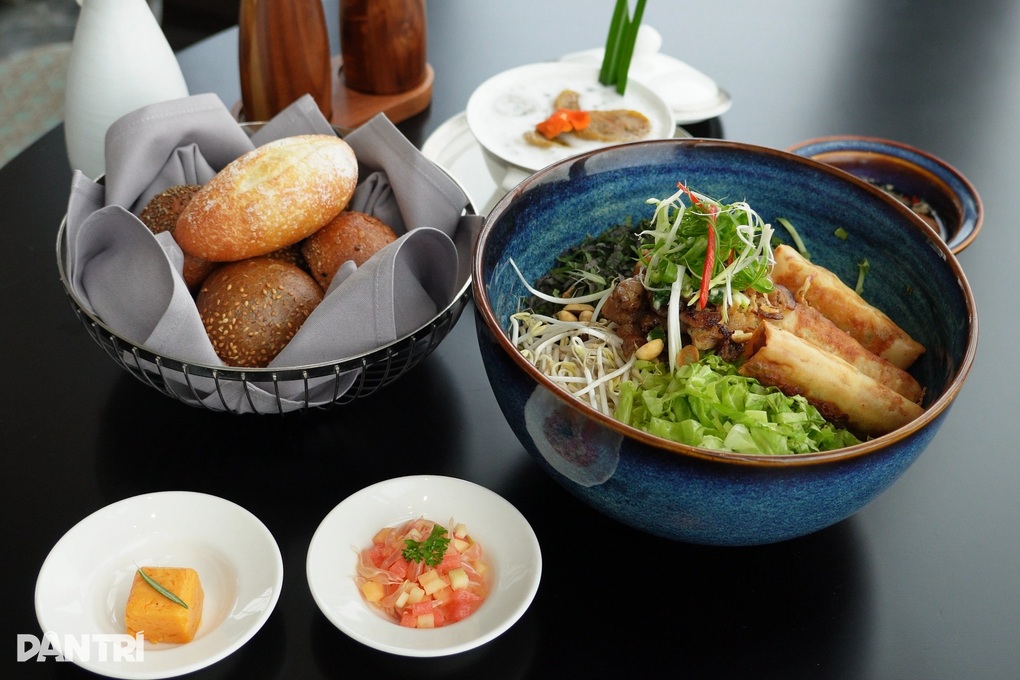
Grilled pork vermicelli - a popular Vietnamese dish - is given a different twist in the restaurant (Photo: Cam Tien).
Amid the global boom in experiential tourism , Vietnam possesses a rare advantage: cuisine that is both accessible and profound enough to leave an unforgettable impression.
From a bowl of pho on the street, a loaf of banh mi, a cup of strong coffee to internationally award-winning restaurants, Vietnamese food is not only attractive for its flavor but also tells cultural stories, making anyone who has tasted it want to come back.
Notably, this year, Vietnam is one of two Asian countries (along with India) to be included in the Top 50 most popular culinary destinations in the world. This is not only a source of pride but also reflects the trend: Asian cuisine, in which Vietnam is a prominent highlight, is having an increasingly strong influence on the world map.

Dishes made from young jackfruit and jackfruit seeds are served in a luxury restaurant (Photo: Moc Khai).
In Vietnam, many young chefs are modernizing fish sauce, braised fish, and pho while still maintaining the traditional “soul.” They prioritize using local food sources, not only for sustainability but also because each ingredient carries its own cultural story.
This is also one of the prominent trends pointed out in the report: 87% of restaurants in the Asia-Pacific region prioritize using local ingredients.
Returning to its roots not only helps cuisine retain its identity, but also opens up a direction for sustainable development, in line with the current global culinary flow.
Food not only needs to be delicious but also beautiful.
In addition, according to the survey, the focus of the future culinary picture is also the rise of elevated popular dishes.
If in the past high-end cuisine was often associated with formality and sophistication, today familiar and close dishes have become the "new stars" in the diners' experience.
This shift reflects a deep need among diners: looking for comfort, familiarity, yet sophistication.
In addition, omakase models (Japanese culinary style, diners completely trust the chef's choices) or highly personalized restaurants, providing private experiences, are increasingly spreading strongly.

93% of diners have the habit of taking and sharing photos of their food (Photo: Ngoc Dan Thanh).
Cuisine today is no longer limited to the restaurant space. Diners prefer a flexible, comfortable experience while still ensuring quality - from room service meals to familiar dishes such as pho, chicken rice...
Not stopping there, according to a survey, 93% of diners have the habit of taking and sharing pictures of their food. Therefore, food not only needs to be delicious but also beautiful, forcing restaurants to invest heavily in presentation and experience space.
Multi-sensory culinary journeys such as eating in the dark, moving through different spaces or turning a simple meal into a "performance stage" have also become popular attractions.
Based on a survey of more than 30 chefs, culinary experts and staff at 270 hotels across the Asia-Pacific region, AI (artificial intelligence) technology is also contributing to shaping the global culinary industry as more and more restaurants apply AI to personalize menus, optimize operations and shorten service times.
However, the human element, emotion and cultural identity are still what make each meal unforgettable.

AI helps users choose the right dishes, helping restaurants serve diners better (Illustration: Moc Khai).
From luxury kitchens to street stalls, cuisine is not only a pleasure to the taste buds, but also tells stories of regions and personal memories, becoming a creative language with strong identity.
Many experts say the future of food lies not in glamour, but in authenticity and locality – where quality, emotion and story blend. With its rich culinary treasures, Asia is rising strongly to lead this trend.
Source: https://dantri.com.vn/du-lich/mon-binh-dan-duoc-nang-tam-viet-nam-toa-sang-tren-ban-do-am-thuc-toan-cau-20251015163234296.htm







![[Photo] Closing ceremony of the 18th Congress of Hanoi Party Committee](https://vphoto.vietnam.vn/thumb/1200x675/vietnam/resource/IMAGE/2025/10/17/1760704850107_ndo_br_1-jpg.webp)










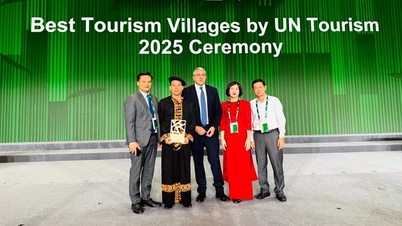







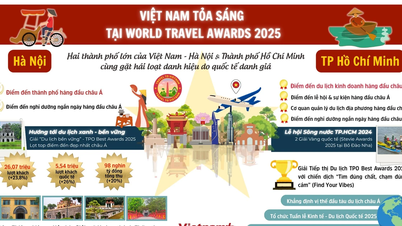










![[Photo] Nhan Dan Newspaper launches “Fatherland in the Heart: The Concert Film”](https://vphoto.vietnam.vn/thumb/1200x675/vietnam/resource/IMAGE/2025/10/16/1760622132545_thiet-ke-chua-co-ten-36-png.webp)



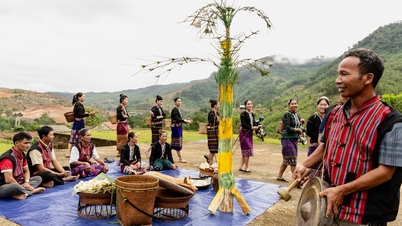



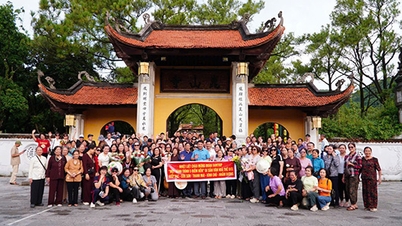
















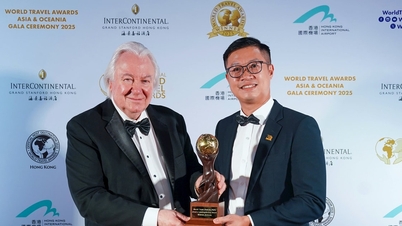














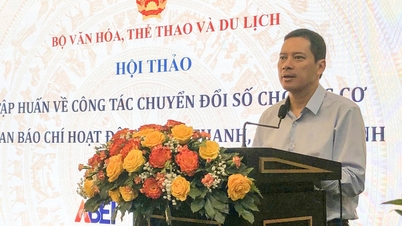





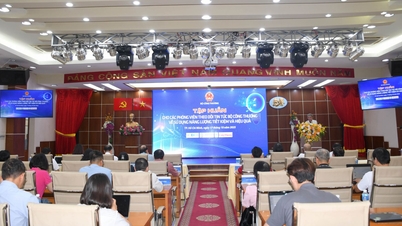



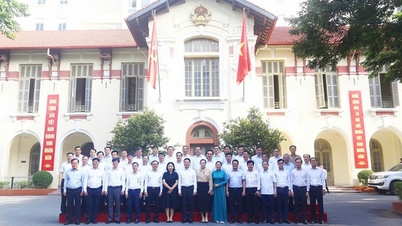


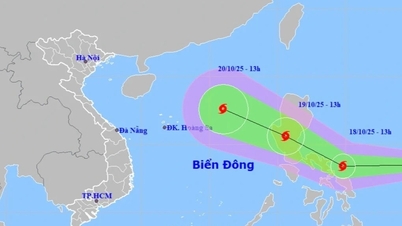

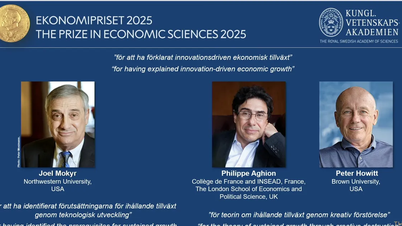




















Comment (0)